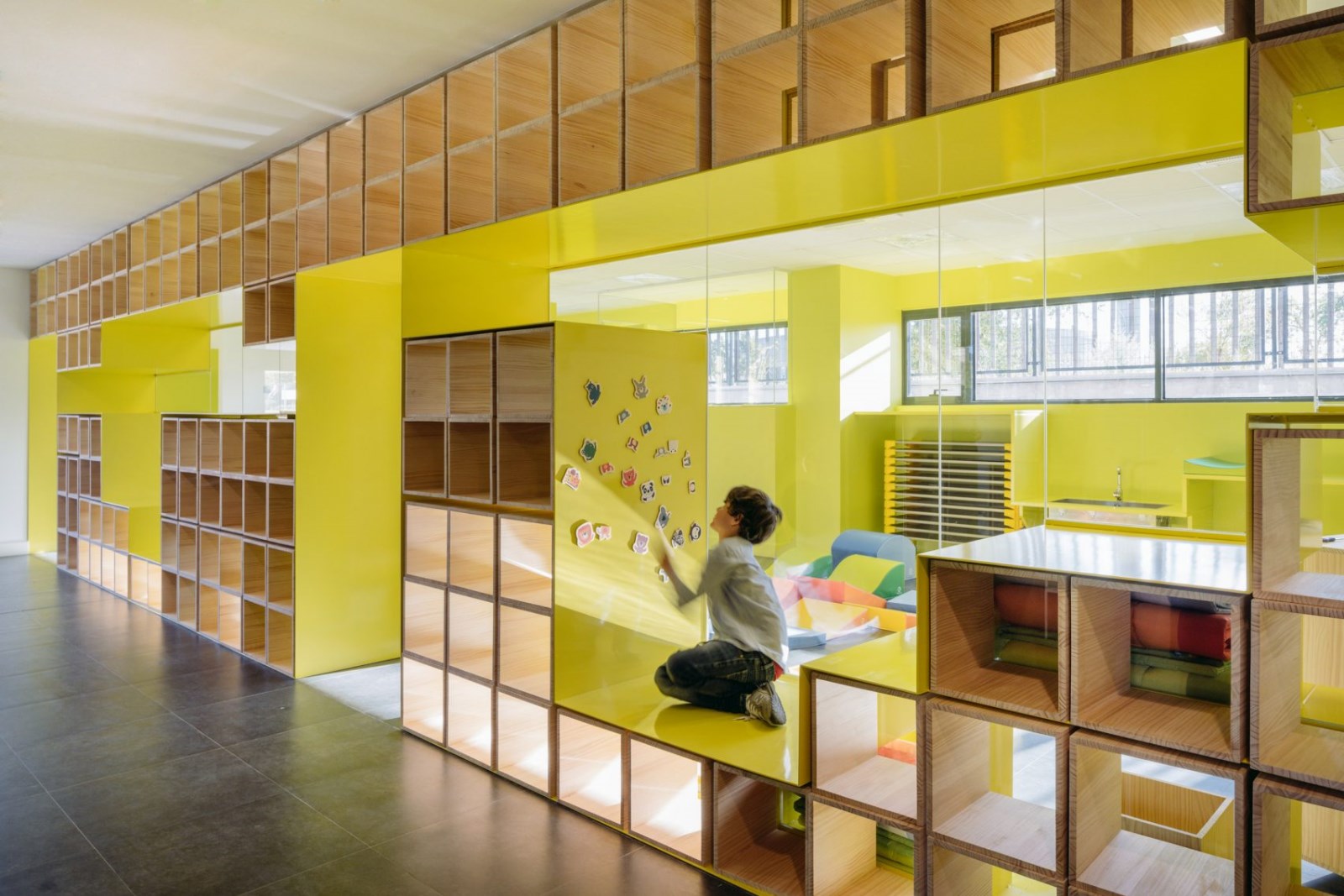Novartis Physic Garden Thorbjörn Andersson + Sweco architects
2016-03-24 17:00
© Sweco Architects
.SwECO建筑师


架构师提供的文本描述。物理花园是庆祝各种感官现象的地方。这是一个神秘的气味,变化的颜色,和季节性的变化可以享受和研究的地方。这也是一个药理学研究的试验室。
Text description provided by the architects. The Physic Garden is a place to celebrate sensuous phenomena of all kinds. It is a place where mystic scents, changing colors, and seasonal variety can be enjoyed and studied. It is also a test bed for pharmacological research.
Shadow Plan
影子计划


诺华校区的这座物理花园是以修道院花园为基础的,在那里,在古代,僧侣们发展了他们对植物中药物特性的知识,这一知识为今天的研究工作提供了基础。这些地方往往是隐蔽的地方,户外的实验室,远离公共生活,蕴含着极其重要的秘密。
This Physic Garden at Novartis Campus is based on the monastery garden where, in ancient times, monks developed their knowledge about the pharmaceutical properties in plants, a knowledge that provided the foundation for today´s research efforts. These were often hidden places, laboratories in the outdoors, secluded from public life, containing secrets of utmost importance.
© Sweco Architects
.SwECO建筑师


因此,诺华的物理花园被隐藏起来,在空间上被组织成一个剧院,一个迷宫,或者是一个多层的洋葱。这座花园是半封闭的,游客在高大的红豆杉(红豆杉)和山毛榉(Fagus)树篱之间来回移动。花园一步地显露出来。搜索者会发现的;与今天的研究人员有关的声明,就像对中世纪僧侣一样。
Consequently, the Physic Garden at Novartis is hidden, spatially organized as a theatre, or as a labyrinth, or as an onion with many layers. The garden is semi-enclosed, and the visitor enters through a zig-zag movement between backdrops of tall hedges of yew (Taxus) and beech (Fagus). The garden reveals itself step by step. The one who searches will find; a statement which is as relevant to the researcher of today as it was to the medieval monk.


到达中心后,一个沉陷的种植床打开了,里面有31种以条状排列的药用植物。盆的轻微阳光增加了植物的珍贵,并放置在低花岗岩墙的框架内,这些脆弱的标本变得不可触摸。从稍高的角度看,我们可以把花坛看作是一幅五颜六色、质感鲜明的画或条纹地毯。没有栏杆的轻型桥梁横跨沉陷的床,让大胆的游客更仔细地观察这些植物,每一种植物都贴上刻有铜牌的铜牌,刻在床身的边缘。
Having arrived at the center, a sunken planting bed opens up, containing 31 species of pharmaceutical plants organized in a striped pattern. The slightly sunkenness of the basin adds to the preciousness of the plants, and placed inside the frame of a low granite wall, these fragile specimens become untouchable. They are viewed from slightly above, and we can read the flower bed as a colorful and textured painting or a striped carpet. Bridges of light construction, without railings, span the sunken bed, permitting the daring visitor a closer examination of the plants, each of which is labeled with an engraved bronze plaque mounted at the edge of the bed.
© Sweco Architects
.SwECO建筑师




© Sweco Architects
.SwECO建筑师


在沉陷床的两侧有四个“木架”,一堆成堆的原木,其形式与树篱的屏风相得益彰,也让人联想到图书馆。所选择的木材类型代表了从其中提取物质并在民族药理学中使用的树种。总共有70种植物在物理花园展出。
Along the sides of the sunken bed are four “log racks”, a collection of logs stacked in piles whose forms complement the screens of hedges, and are also reminiscent of a library. The types of wood selected represent tree species from which substances have been extracted and used in ethnopharmacology. All in all, 70 plant species are on display in the Physic Garden.
© Jan Raeber
c.Jan Raebe














































































_pege_hillinge.jpg)







swecoarchitects.jpg)



















Architects Thorbjörn Andersson , Sweco architects
Location Novartis Campus, 4056 Basel, Switzerland
Category Installations & Structures
Team Pege Hillinge, Johan Krikström, Johnny Lindeberg , Emma Norrman (plants), Therese Egnor (plants), Alexander Cederroth (light), Markus Moström (graphics), Pål Svensson (drinking fountains).
Area 2800.0 sqm
Project Year 2012
Photographs Jan Raeber , Sweco Architects































